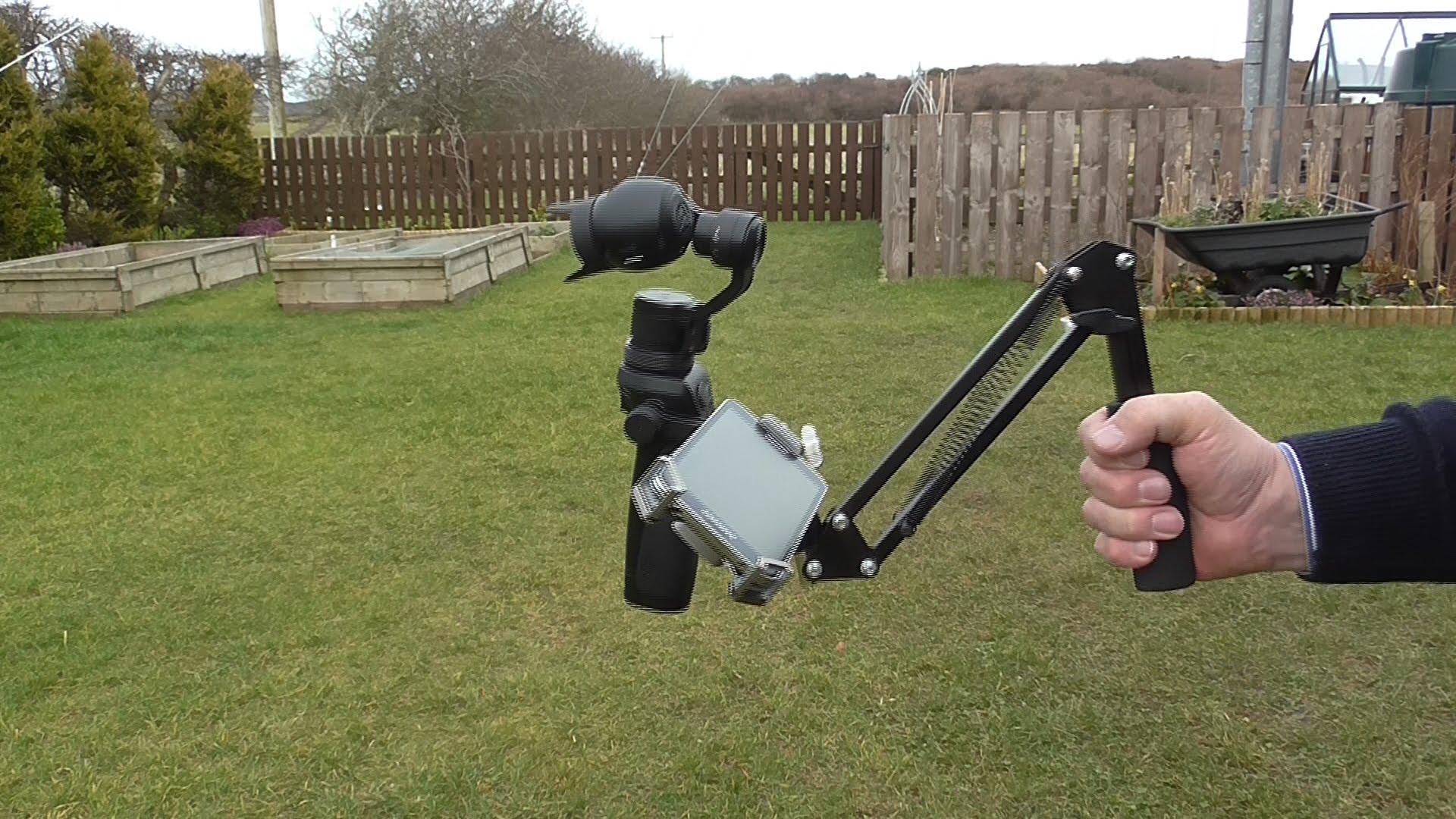

and learn how to do color grading in DaVinci Resolve the way top colorists do without it seeming impossible and taking years to achieve! We start at the basics and teach advanced techniques. Want to attend a free live training for DaVinci Resolve? Sign up to attend this Thursday 2PM Eastern U.S. Attend a free live color grading workshop Here is also link where you can compare them side-by-side on Blackmagic Design's website.

Ultra HD is 3840 pixels horizontal by 2160 pixels. Resolve allows as maximum resolution in your projects Ultra HD (4K), so exporting is also limited to that size. Note: Resolve updates often, so, some of this could change in the future 1. No matter what type of projects you’re working on, you should start by downloading the free standard formerly lite version of Resolve here, and spending some time working in the program to see if the free version it fits all of your color grading needs, or if you may need some of the additional features in the Studio version. Here are the most relevant limitations of the free DaVinci Resolve. You can even use Remote Grading, which allows a colorist to do an online color grade over an internet connection. You can have multiple users working on the same database and the same project at the same time, which includes sharing grades across timelines. Maybe the most significant differences between the two versions are the additional collaborative features in Resolve Studio.

(Though you can use both of the graphics cards on a 2013 Mac Pro). Includes everything in the free version plus DaVinci Neural Engine features, multi user collaboration, stereoscopic 3D tools, dozens of ResolveFX and. You also have the ability to leverage the power of multiple graphics cards and/or multiple Red Rocket cards in Resolve Studio, where you’re limited to one of each in the free version of Noise Reduction and Motion Blur can only be used in DaVinci Resolve Studio Resolve. There are also three additional OpenFX effects as well, like Film Grain, Lens Flare, and Lens blur. Studio also supports Resolve transform language (.dctl) and ARRI.
#DAVINCI RESOLVE LITE VS FULL FULL#
The Fusion page gives you a full 3D workspace with a total of over 250 tools for composing, text animation, vector painting, typing, tracking, stabilizing. Support for resolutions over 4K UHD, 3D stereoscopic grading, noise reduction, motion blur, HDR grading, deinterlacing on export and Power Mastering, which allows you to output to tape in real time. The common filenames for the programs installer are Resolve.exe, Resolve 2.exe, DaVinciResolveLite10.1.exe, DaVinciResolveStudio12.exe or DaVinciResolveStudio14.exe etc. As I mentioned, there are a number of additional features in Resolve Studio that are worth mentioning.


 0 kommentar(er)
0 kommentar(er)
